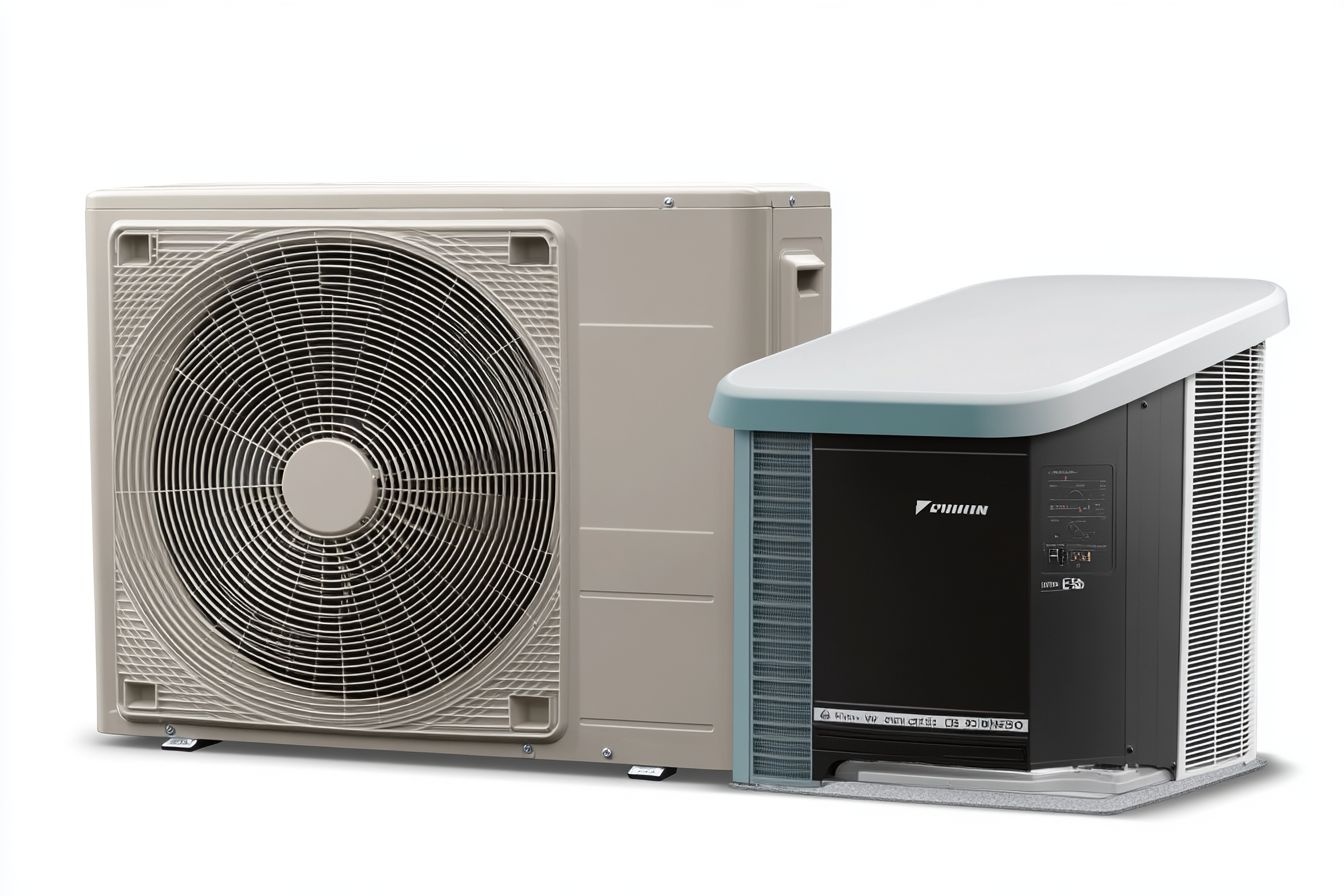Exploring Types, Features, and Costs of Air Conditioning Units
Air conditioning systems have become essential for maintaining comfortable indoor environments in various climates. From traditional central systems to modern ductless options, understanding the different types, features, and cost considerations helps homeowners and businesses make informed decisions when selecting the right cooling solution for their specific needs.

Air conditioning systems have evolved significantly over the decades, offering various solutions to meet different cooling needs and spatial requirements. Whether you’re looking to cool a single room or an entire building, understanding the fundamentals of air conditioning technology, the available options, and their associated costs is crucial for making an informed decision. This article explores the different types of air conditioning units, their key features, and what you can expect to pay for installation and operation.
The Basics of Air Conditioning
At its core, air conditioning works by removing heat and humidity from indoor air. The process involves drawing warm air over cold evaporator coils containing refrigerant, which absorbs the heat. The cooled air is then circulated back into the space while the heat collected by the refrigerant is expelled outside. Modern air conditioning systems typically consist of an evaporator, compressor, condenser, and expansion valve, working together in a closed system.
Efficiency ratings are important considerations when evaluating air conditioning units. The Seasonal Energy Efficiency Ratio (SEER) indicates how efficiently a unit uses electricity, with higher ratings signifying greater efficiency. Most modern systems have SEER ratings between 13 and 21, with higher-efficiency models offering long-term energy savings despite higher initial costs.
Advantages of Portable Air Conditioners
Portable air conditioners offer flexibility that fixed systems cannot match. These standalone units can be moved from room to room as needed, making them ideal for renters or homeowners who don’t want to invest in permanent installations. They require minimal setup—typically just a window vent for the exhaust hose—and can be operational within minutes.
Beyond mobility, portable units offer other advantages. They don’t require professional installation, saving on upfront costs. Many models come with multiple functions, serving as dehumidifiers and fans in addition to cooling. For occasional cooling needs or supplementing existing systems during extreme heat, portable air conditioners provide a practical solution without the commitment of permanent installation.
Exploring Ductless Air Conditioners
Ductless air conditioners, also known as mini-split systems, have gained popularity for their efficiency and versatility. These systems consist of an outdoor compressor/condenser and one or more indoor air-handling units connected by a conduit. Unlike central air conditioning, ductless systems don’t require extensive ductwork, making them ideal for older buildings, additions, or spaces where installing ducts would be impractical.
The zone-specific cooling capability of ductless systems offers significant energy savings. Each indoor unit can be controlled independently, allowing users to cool only occupied rooms. This targeted approach can reduce energy consumption by up to 30% compared to central systems. Additionally, ductless systems typically offer higher efficiency ratings and improved air filtration, removing dust, bacteria, and allergens more effectively than many traditional systems.
Choosing the Right Air Conditioning System
Selecting the appropriate air conditioning system depends on several factors, including the size of your space, your budget, energy efficiency goals, and installation constraints. For single rooms or small apartments, window units or portable air conditioners might suffice. Larger homes or businesses typically require central air conditioning or multiple ductless units.
Proper sizing is crucial for optimal performance. An undersized unit will run continuously without adequately cooling the space, while an oversized unit will cycle on and off frequently, reducing efficiency and humidity control. Professional HVAC contractors can perform load calculations to determine the appropriate capacity for your specific needs, typically measured in British Thermal Units (BTUs) or tons.
Central Air Conditioning Systems
Central air conditioning systems remain the most common cooling solution for entire homes and commercial buildings. These systems use a network of supply and return ducts to distribute cooled air throughout a building. The main components include an outdoor unit containing the condenser and compressor, and an indoor unit with the evaporator coil, typically installed with the furnace.
The primary advantage of central air is its ability to cool an entire building evenly and quietly. Modern central systems offer advanced features like programmable thermostats, zoning capabilities, and variable-speed technology that adjusts cooling output based on demand. While installation costs are higher than other options, central air conditioning provides comprehensive comfort and can increase property value.
Air Conditioning Cost Comparison and Considerations
The cost of air conditioning varies significantly depending on the type, capacity, efficiency, and installation requirements. Understanding these variations can help you budget appropriately for your cooling needs.
| AC Type | Average Unit Cost | Installation Cost | Total Cost Range | Operating Cost (Annual) |
|---|---|---|---|---|
| Window Unit | $150-$500 | $0-$150 | $150-$650 | $40-$100 |
| Portable AC | $250-$700 | $0 | $250-$700 | $50-$150 |
| Ductless Mini-Split | $1,000-$3,000 per zone | $1,000-$3,000 | $2,000-$6,000 per zone | $300-$600 |
| Central AC | $2,500-$7,500 | $2,500-$6,000 | $5,000-$13,500 | $500-$1,200 |
| Heat Pump | $4,000-$8,000 | $2,500-$6,000 | $6,500-$14,000 | $400-$1,100 |
Prices, rates, or cost estimates mentioned in this article are based on the latest available information but may change over time. Independent research is advised before making financial decisions.
Beyond the initial purchase and installation costs, consider long-term expenses such as energy consumption, maintenance, and potential repairs. Higher-efficiency units typically cost more upfront but can deliver significant savings over time. Regular maintenance—including filter changes, coil cleaning, and professional inspections—extends system life and maintains efficiency.
Conclusion
Air conditioning technology offers various solutions to meet different cooling needs and budgets. From portable units that provide flexibility to comprehensive central systems that cool entire buildings, understanding the options helps you make an informed decision. Consider not only the initial costs but also long-term energy efficiency, maintenance requirements, and the specific cooling needs of your space when selecting an air conditioning system. With proper research and professional guidance, you can find a cooling solution that provides comfort and value for years to come.




